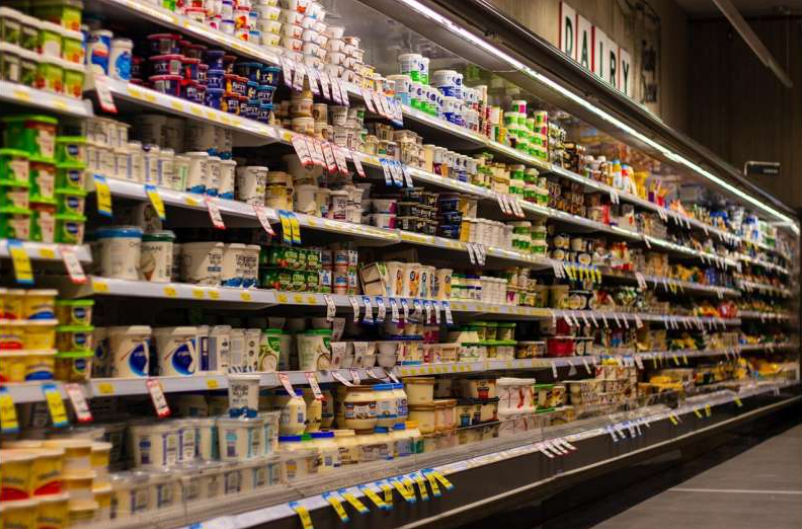Marie Donlon | June 14, 2023
Researchers from Northeastern University have developed a machine learning algorithm that they claim can accurately predict the degree of processing in the food products that comprise the U.S. food supply.
To develop the machine learning classifier, dubbed FoodProX, the team of researchers used nutritional labeling information as provided by the U.S. Department of Agriculture’s Food and Nutrient Database for Dietary Studies. This information reportedly serves as the inputs for scoring the degree of processing in most food products.

According to the researchers, the algorithm produces an output representing the chance that a given food will fall into one of four categories that make up a system developed by researchers at the University of São Paulo, Brazil called the NOVA food classification system.
Users can search for a food to see its food processing score using the algorithm, which assigns the product in question a single score between zero, which represents “minimally or unprocessed” food and 100, which represents highly ultra-processed food.
“These perceived homogeneity of NOVA 4 foods limits both scientific research and practical consumer guidance on the health effects of differing degrees of processing,” the researchers wrote. “It also reduces the industry’s incentives to reformulate foods towards less processed offerings, shifting investments from the ultra-processed NOVA 4 foods to the less processed NOVA 1 and NOVA 3 categories.”
“In the paper what we do is really say that we believe that nutritional information, so the chemicals that are measured as nutrients in the nutritional facts, somehow encode the fingerprint of food processing,” the researchers further explained. “Because when we process a food, when we modify some staple ingredients, we change its chemistry in many different ways.”
According to the researchers, such fingerprinting offers a way to gain insight into the number of chemical alterations that have been made to a given food.
The algorithm is detailed in the article “Machine learning prediction of the degree of food processing,” which appears in the journal Nature Communications.
